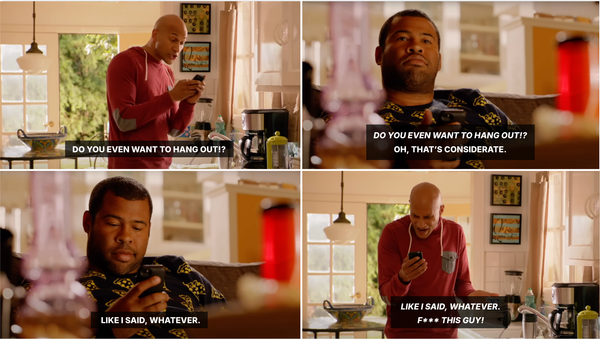What To Do When Attribution Stops Driving Growth

Ah. Q4. Here we are again.
As we barrel towards the end of the year, CMOs face a familiar challenge: disappearing money and a clear gap to close.
During times of tightening budgets, leaders tend to double down on what's measurable. Forecasting down to the dollar and leaning into tried and true (re: traditional) media channels with clear attribution – the devil you know, ya know?
So, what do you do when the old playbook simply stops working?
The truth is, driving growth through marketing requires constant innovation and creativity - both in the work and in the go to market strategy. It’s not something you can simply ‘turn off’ when times get tough.
This never ending pressure to innovate can often feel at odds with attribution and measurement - lofty campaigns with vague objectives and little tie back to real business results vs. clear a dollar in and a dollar out approach.
The solution isn't abandoning measurement or ignoring budget realities. It's creating truly integrated teams that drive both innovation and accountability.
And building enough trust throughout the org to take big bets, not despite tight budgets, but because of them.
When markets are shifting and traditional tactics show diminishing returns, NOT experimenting is actually the riskier choice. Especially if you're an established brand facing newer and nimbler competition.
Brands that wait for permission to evolve aren't being fiscally responsible. They're trading future growth for short-term predictability. They're optimizing for comfort while competitors optimize for wins.
The "safe" choice – running the same playbook, buying the same media, targeting the same audiences with incrementally different creative – is only safe until it stops working. And once it stops working, you have no practice at doing anything else.
Rather than engineering virality as an objective or demanding immediate ROI from new approaches, successful brands balance performance expectations with learning investments. Small, measured experiments can build the evidence base that unlocks bigger strategic shifts.
Set aside 10-15% of your budget for tests that might not show direct attribution but generate strategic insights. Evaluate these experiments on what they teach you, not just what they return in immediate revenue. Build the muscle memory of trying new things while the stakes are manageable.
Then, when market conditions force bigger pivots, you're not experimenting for the first time under maximum pressure. You're scaling what you've already learned.
The fantasy that brands can cut their way to growth, or that last year's tactics will suddenly perform better this year (with less investment), needs to end. It's not just wrong. It's expensive.
Most brands don't have another year to waste. Another year of declining performance while competitors embrace more innovative approaches. Another Q4 of budget cuts followed by unrealistic Q1 growth targets built on the same broken assumptions.
The brands that will win aren't those with the biggest budgets. They're the ones whose leaders see innovation as risk management - not risk taking - and build the trust and frameworks to be accountable to results while investing in the innovation that drives sustainable growth. Even, and especially, when budgets are tight.




